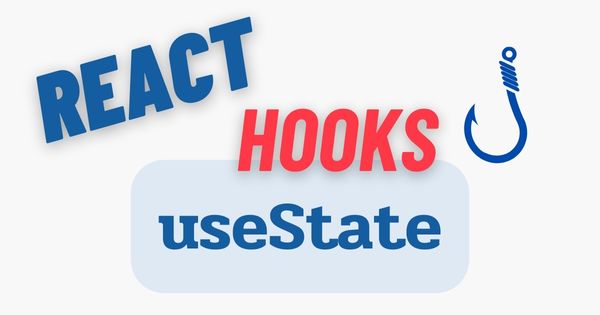Introduction
ReactJS provides a handy tool called the useState hook, which makes managing state in React components easier. In this blog post, we’ll explore how the useState hook works and how you can use it to create interactive and dynamic user interfaces in your React applications. Let’s get started!
Understanding the useState Hook:
The useState hook is a function in React that lets you add state to your functional components. It takes an initial value as an argument and returns an array with two elements: the current state value and a function to update that state. This allows you to manage state without converting your functional component into a class component.
Example Usage of the useState Hook: Here’s an example to give you a better understanding of how to use the useState hook:
import React, { useState } from 'react';
const Counter = () => {
const [count, setCount] = useState(0);
return (
<div>
<p>Count: {count}</p>
<button onClick={() => setCount(count + 1)}>Increment</button>
</div>
);
};
export default Counter;
In the above example, we have a Counter component that uses the useState hook. It declares a state variable called count, which is initialized with the value 0. The setCount function is used to update the count value by incrementing it when the button is clicked.
Benefits of using the useState Hook:
1. Simple Syntax: The useState hook provides a simple syntax for managing state in functional components. It makes it easy to declare and update state variables.
2. No Lifecycle Methods: Unlike class components, functional components with the useState hook don’t need complex lifecycle methods to manage state. This keeps your code clean and easy to understand.
3. Multiple State Variables: You can use the useState hook multiple times within a component to manage multiple state variables. This allows for more modular and organized state management.
Conclusion
The useState hook in React simplifies state management in functional components. By using it, you can easily add and update state variables, making your components interactive and dynamic. In this blog post, we covered the basics of the useState hook with a simple example. Feel free to explore more use cases and experiment with React hooks to enhance your app’s functionality. Happy coding!



